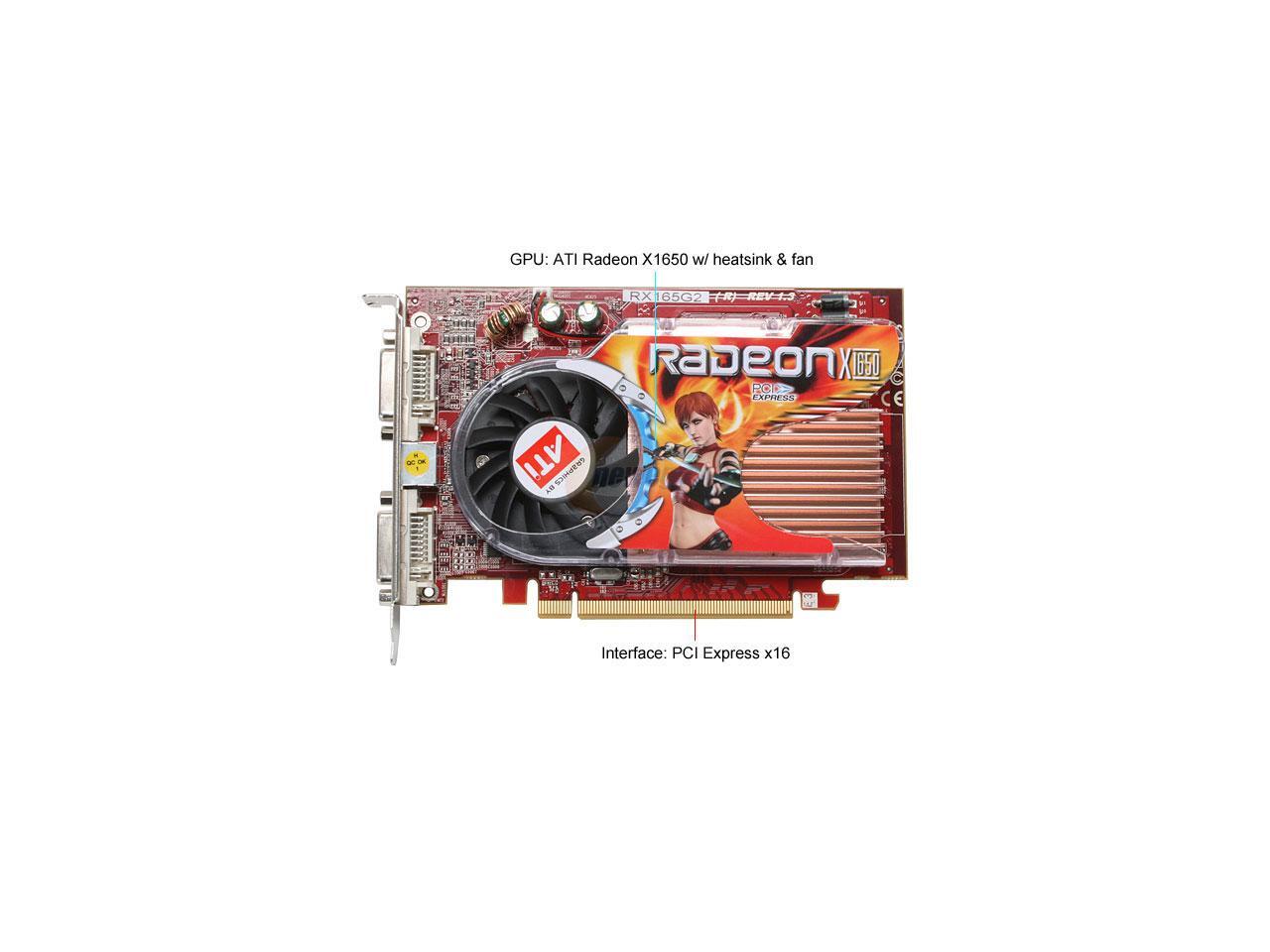

HLSL programs come in six forms: pixel shaders (fragment in GLSL), vertex shaders, geometry shaders, compute shaders, tessellation shaders (Hull and Domain shaders), and ray tracing shaders (Ray Generation Shaders, Intersection Shaders, Any Hit/Closest Hit/Miss Shaders). HLSL shaders can enable profound speed and detail increases as well as many special effects in both 2D and 3D computer graphics. Early versions of the two languages were considered identical, only marketed differently. It is very similar to the Nvidia Cg shading language, as it was developed alongside it. HLSL is analogous to the GLSL shading language used with the OpenGL standard.

The High-Level Shader Language or High-Level Shading Language ( HLSL) is a proprietary shading language developed by Microsoft for the Direct3D 9 API to augment the shader assembly language, and went on to become the required shading language for the unified shader model of Direct3D 10 and higher.

The partial transparency and reflection of the water in the foreground are added by a shader applied finally to the entire scene. The square in the background has been transformed and rotated. Distortion of the statue is achieved purely physically, while the texture of the rectangular frame beside it is based on color intensity. A scene containing several different 2D HLSL shaders.


 0 kommentar(er)
0 kommentar(er)
